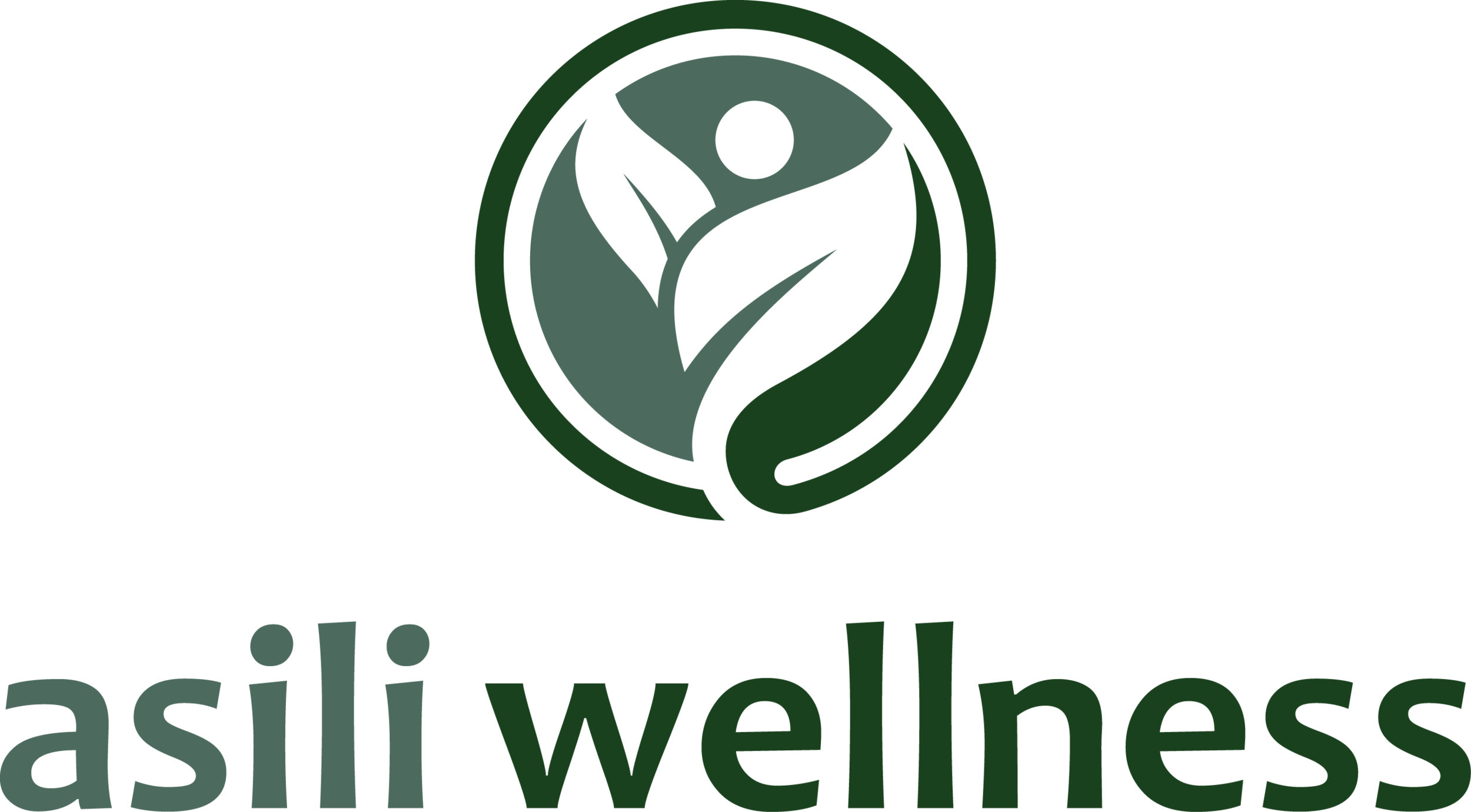Courage to Heal: Understanding and Moving Forward from Intimate Partner Violence
Diving into the topic of intimate partner violence (IPV) can be challenging, yet it’s crucial to confront this issue head-on. IPV manifests in various forms—physical, emotional, verbal, and financial—often weaving together to form a complex cycle of fear and control that feels nearly impossible to escape. Let’s explore how you can begin reclaiming your life and moving forward.
What is Interpersonal Violence?
While physical abuse may leave visible marks, emotional and verbal abuse—such as manipulation, gaslighting, and relentless criticism—can inflict wounds just as deep, eroding our self-worth and confidence. Financial abuse adds another layer, trapping survivors in dependency by controlling access to resources or sabotaging their ability to work.
Every form of interpersonal violence leaves scars, both visible and invisible. It impacts your sense of safety, self-esteem, and ability to trust. You might find yourself questioning your worth or even blaming yourself for the abuse, but it’s vital to recognize: none of this is your fault. IPV is a manifestation of the abuser’s choices, not a reflection of your value or character. Above all, reclaiming your strength and well-being is entirely possible. You deserve to feel safe, valued, and respected in every relationship.
Three Steps to Support Your Healing Journey
While there’s no one-size-fits-all solution for dealing with IPV, here are three impactful steps to guide your healing:
1) Recognize the Signs of Intimate Partner Violence
It can often be challenging to identify the warning signs, especially when wrapped in the haze of love or when the good moments seem to outweigh the bad. IPV usually creeps in subtly, beginning with emotional manipulation—constant criticism or gaslighting—that escalates to controlling behaviors and eventually physical violence. If you find yourself perpetually walking on eggshells, that’s a significant red flag.
2) Understand the Cycle of Abuse
Many find themselves ensnared in the cycle of abuse, and escaping feels nearly impossible. You might even recognize the pattern: tension builds, an incident of violence occurs, a reconciliation phase follows—where apologies and promises to change abound—leading into a calm period. These “good times” can mask the pain and fear of the past, which is why understanding this cycle is so important. Acknowledge these patterns in your relationship; remember that the calm doesn’t erase the hurt you’ve endured.
3) Empower Yourself through Healing
Healing isn’t a race; it’s a journey that requires patience. While therapy is an excellent option, consider seeking counseling to navigate the emotional and psychological impacts of your experience. Simple acts of self-care can have profound effects—find ways to nurture your mind, body, and spirit at home. Rebuilding your self-worth and confidence takes time, but every small step you take toward healing is a testament to your resilience.
Final Thoughts
The cruelty of violence can leave you feeling isolated and powerless, but remember: you have the strength to find your voice again and create a life filled with love, respect, and safety. You are far stronger than you realize, and it’s time to start reclaiming your life—even if you need a little extra support along the way!
If you or someone you know needs help, please contact the 988 LIFELINE. It is a United States-based suicide prevention network of over 160 crisis centers that provides 24/7 service via a toll-free hotline with the number 988. You can call or text. It is available to anyone in a suicidal crisis or emotional distress.
Explore Yoga + Talk Therapy
Shop Products
Join Thrive
thrive is a complimentary resource with fresh goodies each month intended to help you create a healthier lifestyle mentally, physically, and emotionally.
Call, email, follow, or shop today to start your journey!
Peace + Wellness, Dr. Nicole










